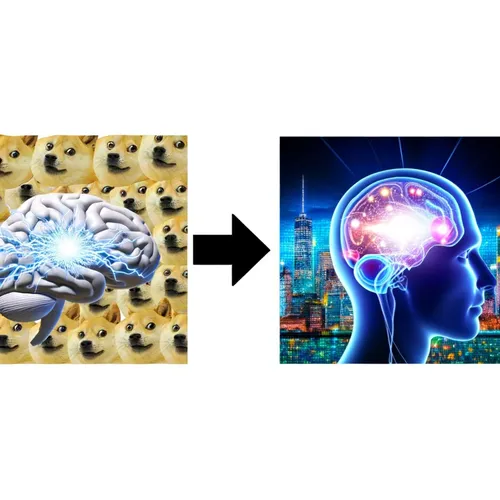DOGE Revolutionizes Government Efficiency: $160 Billion Saved, but Hidden Costs Raise Concerns About Federal Reforms
- Author
- Quiet. Please
- Published
- Tue 29 Apr 2025
- Episode Link
- https://www.spreaker.com/episode/doge-revolutionizes-government-efficiency-160-billion-saved-but-hidden-costs-raise-concerns-about-federal-reforms--65796562
In 2025, the notion of government efficiency has evolved from social media memes to the ambitious reality of the Department of Government Efficiency, known as DOGE. Established by executive order in January, the department’s mission is bold: overhaul federal bureaucracy, slice away inefficiency, and modernize operations in the spirit of rapid innovation. Led by a high-profile team including Elon Musk, DOGE claims it has already saved an eye-watering $160 billion by targeting waste, fraud, and redundant programs, implementing sweeping administrative reductions, and modernizing technology across agencies[3][5].
Notably, the Internal Revenue Service alone reported a $2 billion savings by terminating long-neglected software contracts, a win for taxpayers that typifies DOGE’s approach[1]. The department’s comprehensive audit, regulatory rollbacks, and partnership with the US Digital Service have aimed to propel the federal government into a new era of cost-efficiency and digital modernization[5].
But questions have emerged in recent weeks about whether these savings come at a hidden price. According to research from the nonpartisan Partnership for Public Service, the aggressive reforms have led to significant costs, including $135 billion this fiscal year in lost productivity, paid leave for tens of thousands of federal workers, and the expense of rehiring mistakenly terminated staff following court rulings about improper firings[3]. This estimate does not even account for mounting legal bills or diminished IRS tax collections due to personnel cuts.
DOGE’s signature policy—the deferred resignation plan—has allowed many employees to collect full salary and benefits through September without working, drawing criticism from both efficiency advocates and labor groups. Meanwhile, public debate continues over the wisdom and long-term implications of slashing the federal workforce and administrative layers so swiftly.
For listeners, the rise of DOGE underscores a larger national conversation: can meme-driven management thinking and Silicon Valley-style disruption truly deliver lasting government efficiency, or do they risk trading short-term savings for operational chaos and hidden costs? As federal agencies scramble to adapt, the country waits to see if this radical experiment will become the new normal—or simply another meme in the history of government reform[3][5].
